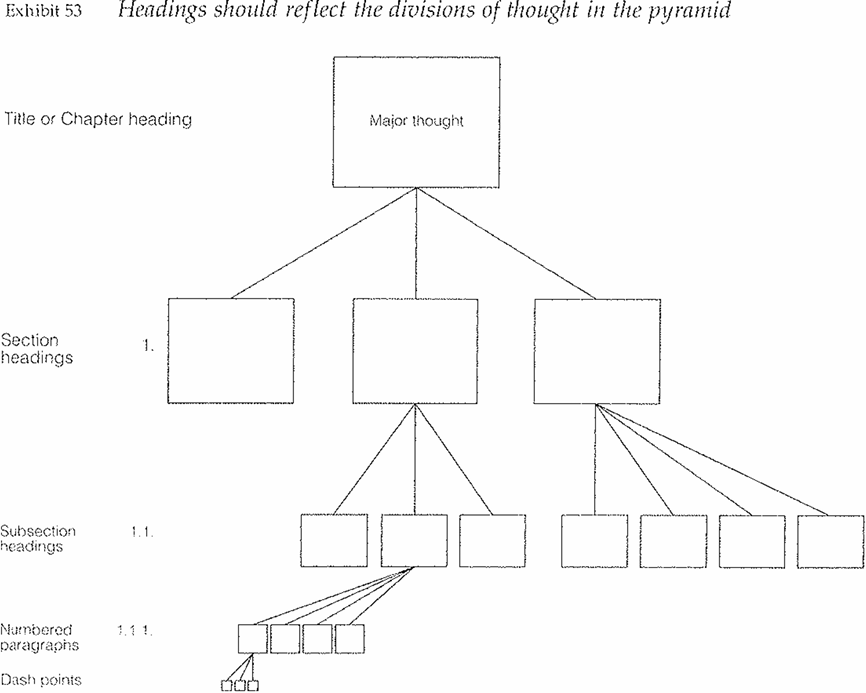

Grammar


Tenses


Present

Present Simple

Present Continuous

Present Perfect

Present Perfect Continuous


Past

Past Continuous

Past Perfect

Past Perfect Continuous

Past Simple


Future

Future Simple

Future Continuous

Future Perfect

Future Perfect Continuous

Passive and Active


Parts Of Speech


Nouns

Countable and uncountable nouns

Verbal nouns

Singular and Plural nouns

Proper nouns

Nouns gender

Nouns definition

Concrete nouns

Abstract nouns

Common nouns

Collective nouns

Definition Of Nouns


Verbs

Stative and dynamic verbs

Finite and nonfinite verbs

To be verbs

Transitive and intransitive verbs

Auxiliary verbs

Modal verbs

Regular and irregular verbs

Action verbs


Adverbs

Relative adverbs

Interrogative adverbs

Adverbs of time

Adverbs of place

Adverbs of reason

Adverbs of quantity

Adverbs of manner

Adverbs of frequency

Adverbs of affirmation


Adjectives

Quantitative adjective

Proper adjective

Possessive adjective

Numeral adjective

Interrogative adjective

Distributive adjective

Descriptive adjective

Demonstrative adjective


Pronouns

Subject pronoun

Relative pronoun

Reflexive pronoun

Reciprocal pronoun

Possessive pronoun

Personal pronoun

Interrogative pronoun

Indefinite pronoun

Emphatic pronoun

Distributive pronoun

Demonstrative pronoun


Pre Position


Preposition by function

Time preposition

Reason preposition

Possession preposition

Place preposition

Phrases preposition

Origin preposition

Measure preposition

Direction preposition

Contrast preposition

Agent preposition


Preposition by construction

Simple preposition

Phrase preposition

Double preposition

Compound preposition


Conjunctions

Subordinating conjunction

Correlative conjunction

Coordinating conjunction

Conjunctive adverbs


Interjections

Express calling interjection


Grammar Rules

Preference

Requests and offers

wishes

Be used to

Some and any

Could have done

Describing people

Giving advices

Possession

Comparative and superlative

Giving Reason

Making Suggestions

Apologizing

Forming questions

Since and for

Directions

Obligation

Adverbials

invitation

Articles

Imaginary condition

Zero conditional

First conditional

Second conditional

Third conditional

Reported speech


Linguistics

Phonetics

Phonology


Semantics


Pragmatics

Linguistics fields

Syntax

Morphology

Semantics

pragmatics

History

Writing

Grammar

Phonetics and Phonology


Reading Comprehension

Elementary

Intermediate

Advanced
REFLECTING THE PYRAMID ON THE PAGE
المؤلف:
BARBARA MINTO
المصدر:
THE MINTO PYRAMID PRINCIPLE
الجزء والصفحة:
170-10
2024-09-27
277
In actual practice, most of the documents you write will be in prose on a page to be read by an individual person sitting alone. Whether the document is long or short you want the reader to be able literally to see and absorb the major ideas as quickly as possible. Ideally, he should have your entire thinking (Introduction, Main Point, and Key Line points) in the first 30 seconds of reading. And you want him also to be able to see that (and how) subordinate groups of ideas relate to each other.
If you are writing a long report, you can reflect the pyramid hierarchy on the page in a variety of ways, the most common of which are (8) hierarchical headings, (b) numbered and underlined points, (c) decimal numbering, (d) indented display, and (e) dot-dash outlines. Feelings run high about which of the first three is the "best" formatting device for the report as a whole. I myself lean to the use of hierarchical headings. However in deference to what are excellent reasons given by proponents of the other options, I discuss them as well.
Whichever formatting device you choose, remember that your objective is to make it as easy as possible for the reader to comprehend the major points and all of the grouped support points in what might be a very lengthy document. This means that the format must be applied to match the levels of abstraction in your argument (Exhibit 53), and you must be sure to write transitionary phrases that take the reader gracefully from one grouping to another, as needed.
